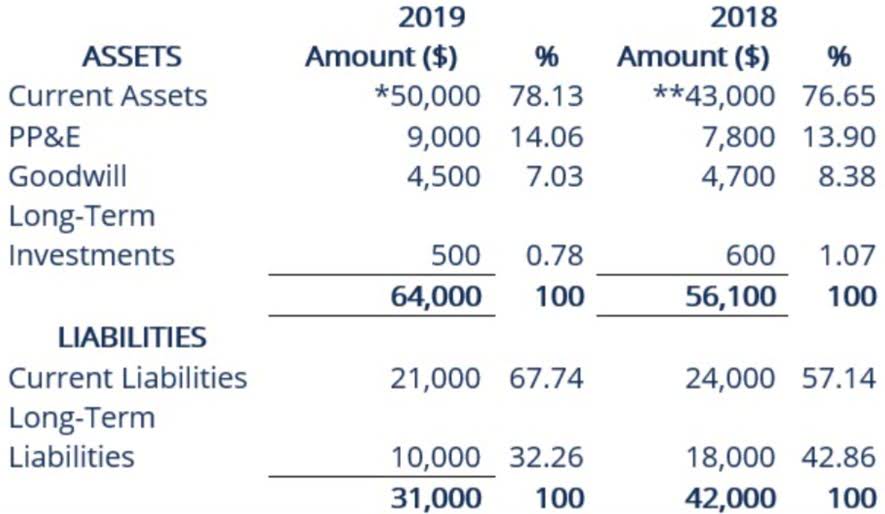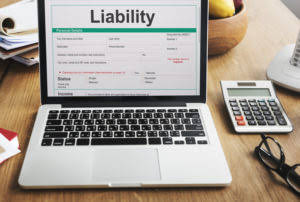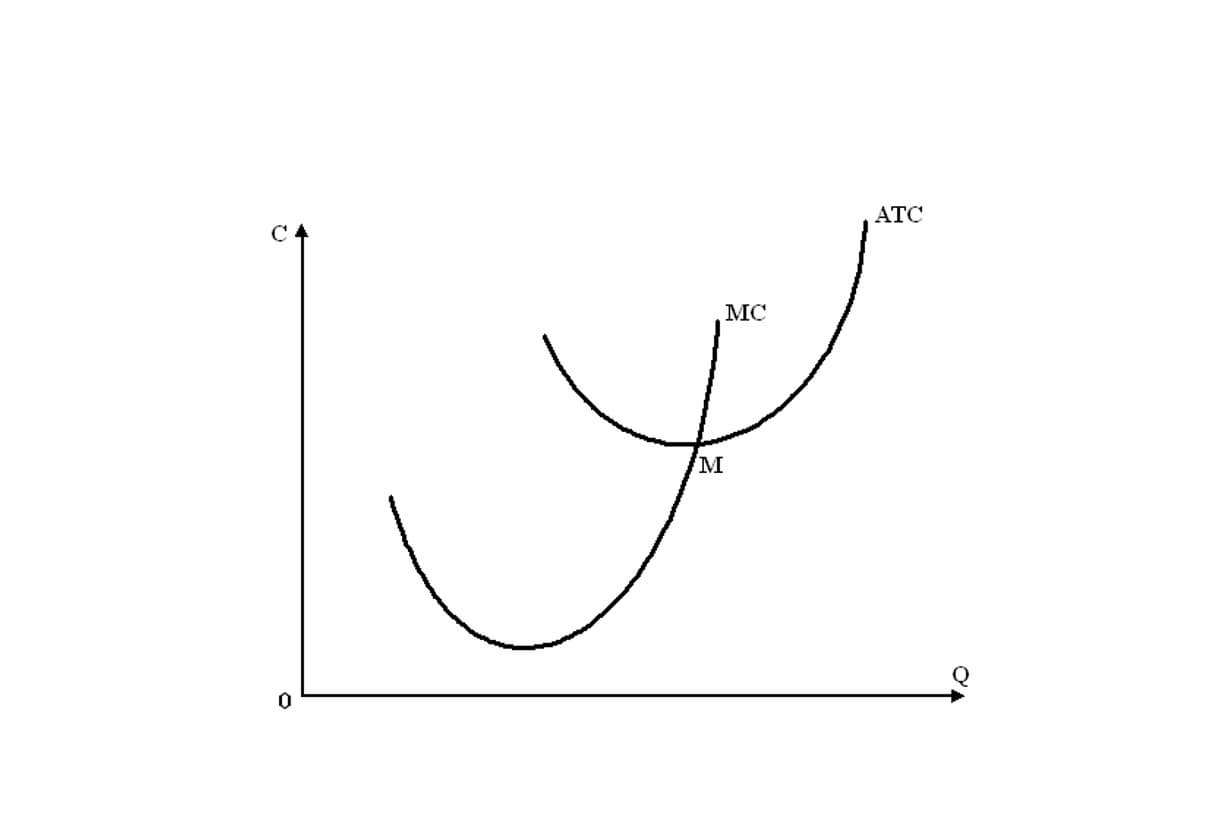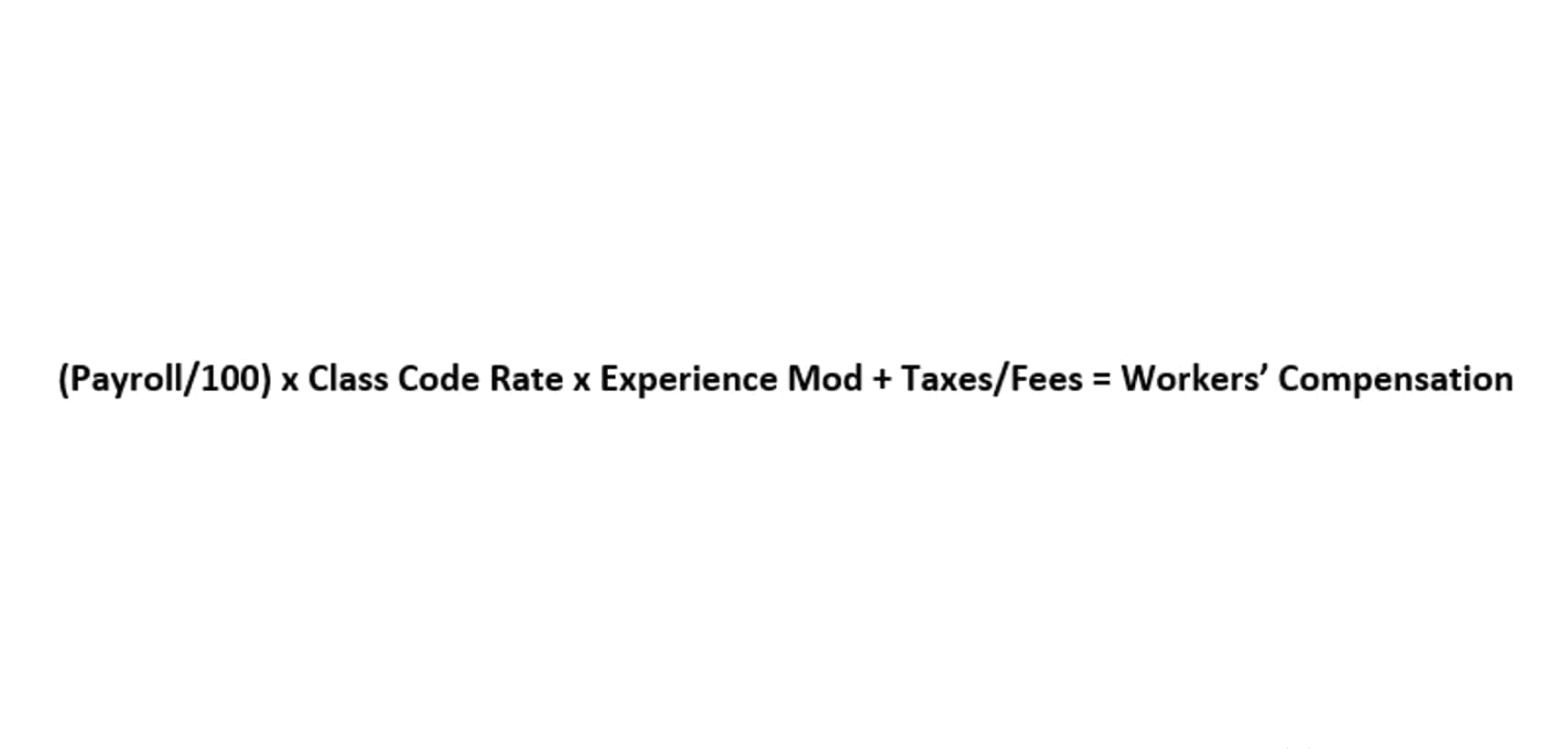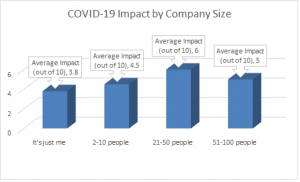Get ready to test your luck and skill in thrilling competitions involving slots, blackjack, and more. The stakes are high, with big prizes up for grabs for those who have what it takes to come out on top.
Whether you’re a seasoned pro or a newcomer looking to make a splash, tournaments offer a unique opportunity to showcase your abilities and compete against others in a fast-paced, adrenaline-fueled environment. So gear up, hone your strategies, and get ready to take on opponents from around the world.
With a variety of games to choose from and different tournament formats to explore, there’s something for everyone at Glory Casino. So don’t miss out on your chance to win big and claim your rightful place among the champions of the gaming world!
Guide to Joining Tournaments
Looking to test your skills and compete against other players for a chance to win big prizes? Joining tournaments is the perfect way to challenge yourself and have a thrilling gaming experience. Whether you prefer classic games like blackjack or exciting slots, tournaments offer a unique opportunity to showcase your abilities and potentially walk away with amazing rewards.
To get started, head over to Glory Casino and browse through the list of upcoming tournaments. Choose the one that catches your eye and simply sign up to secure your spot in the competition. Once you’re registered, make sure to familiarize yourself with the tournament rules and regulations to ensure a fair and fun gaming environment for all participants.
Steps to Enter a Competition
Participating in blackjack, slots, or other casino tournaments at Glory Casino is a thrilling experience that allows you to showcase your skills and compete against other players. To enter a tournament, follow these simple steps:
1. Check the schedule: Stay updated on upcoming competitions by checking the tournament schedule on the casino’s website or in the gaming area. Make note of the date, time, and buy-in requirements for each event.
2. Register in advance: To secure your spot in a tournament, register in advance either online or at the casino’s registration desk. Pay attention to registration deadlines and make sure to sign up before the event is full.
3. Pay the buy-in fee: Most tournaments require a buy-in fee to participate. Make sure to have the required amount of money ready before the start of the event. The buy-in fee may vary depending on the competition and prize pool.
4. Understand the rules: Before the tournament begins, familiarize yourself with the rules and regulations of the competition. This includes knowing the format of the game, scoring system, and any specific rules unique to the event.
5. Compete and have fun: Once the tournament starts, give it your all and compete to the best of your ability. Stay focused, make strategic decisions, and enjoy the thrill of the competition. Good luck!
Requirements for Participation
In order to take part in the exciting tournaments at Glory Casino and have a chance at winning big prizes, players need to meet certain requirements. Whether you prefer slots or blackjack, there are specific criteria that must be met to join the thrilling competitions.
| Slots Tournaments: | Players must have an active account at Glory Casino and a certain minimum balance to enter the slots tournaments. Make sure to check the specific rules and eligibility requirements for each tournament. |
| Blackjack Tournaments: | For blackjack tournaments, players often need to have a good understanding of the game and be ready to compete against other skilled participants. Some tournaments may have entry fees or qualification rounds. |



